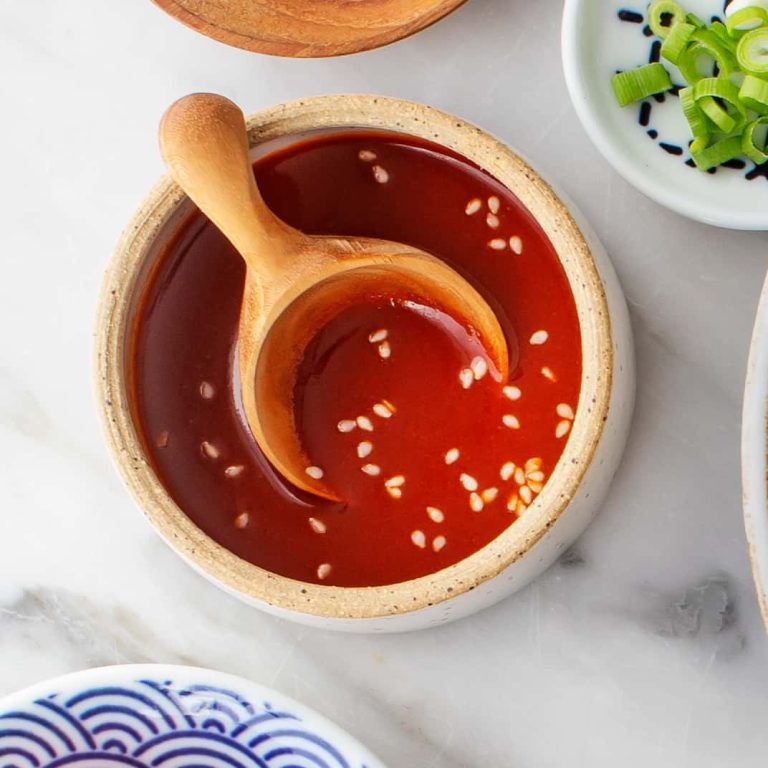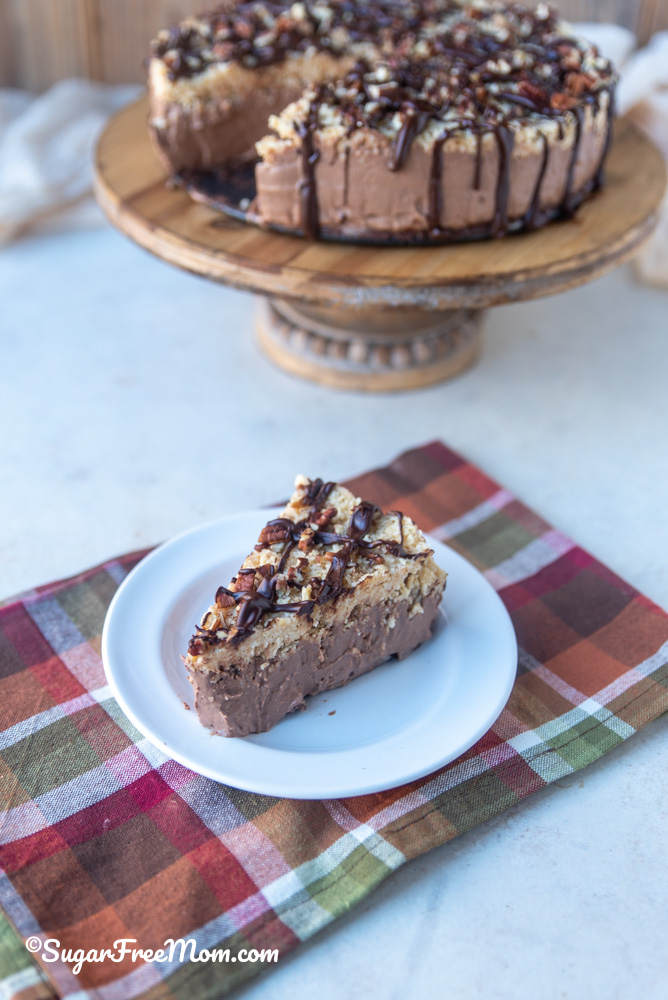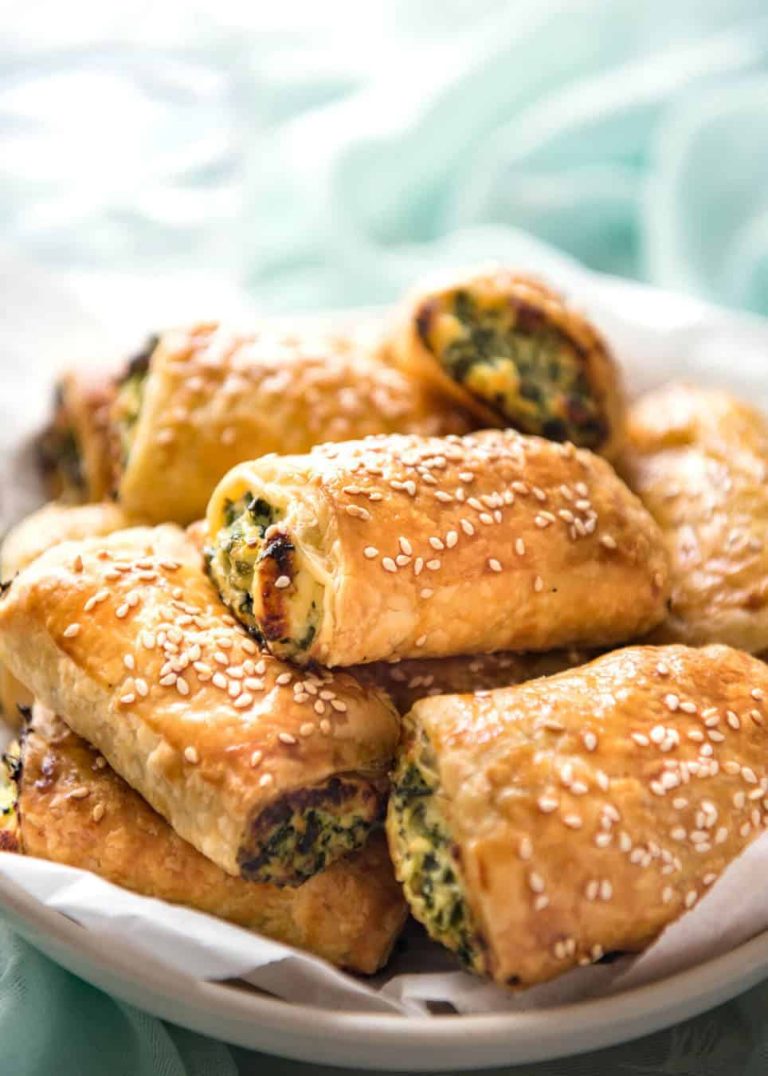Buttermilk Scones Recipe: Tips, Variations, and Pairings for Every Occasion
Traditional buttermilk scones trace their origins to the British Isles, specifically Scotland. Historically, they formed a significant part of British tea-time culture, often served with clotted cream and jam. The popularity of buttermilk scones grew due to their simple ingredients and ease of preparation. By the 20th century, they had gained international acclaim, becoming a staple in various countries’ bakeries and homes. Today, you can find buttermilk scones in cafes and at afternoon teas around the world, maintaining their status as a beloved treat.
Evolution of Recipes
Originally, scone recipes required minimal ingredients like flour, buttermilk, baking powder, and a pinch of salt. Over time, these recipes evolved to include variations and enhancements. Modern buttermilk scones often feature additions like dried fruits (raisins, currants), nuts (almonds, pecans), and even savory elements (cheese, herbs). This versatility means you can tailor the recipe to suit diverse tastes. The rise of digital sharing and global culinary exploration has further transformed buttermilk scone recipes, incorporating innovative twists while retaining their classic essence.
Key Ingredients for Perfect Buttermilk Scones
The Role of Buttermilk
Buttermilk enhances the scones’ texture, providing a tender, moist crumb. Its acidity reacts with baking soda, creating a light rise that distinguishes a proper scone. Use fresh, well-shaken buttermilk for consistent results. If unavailable, mix milk with lemon juice or vinegar to mimic buttermilk’s properties.
Choice of Flour and Its Impact
Flour selection affects scone texture and flavor. All-purpose flour offers a balanced protein content, yielding tender yet sturdy scones. For a lighter texture, sift flour before measuring. Avoid over-mixing to prevent dense, tough scones. Whole wheat or alternative flours add unique flavors but may alter traditional texture.
Step-by-Step Recipe for Buttermilk Scones
Mixing the Dough
Start by preheating your oven to 425°F (220°C). Mix 2 cups (250 grams) of all-purpose flour, 1/4 cup (50 grams) of granulated sugar, 1 tablespoon of baking powder, and 1/4 teaspoon of salt in a large bowl. Incorporate 1/2 cup (115 grams) of cold, unsalted butter cut into small cubes. Use a pastry cutter or your fingertips to blend until the mixture looks like coarse crumbs. Add 3/4 cup (180 ml) of cold buttermilk and gently stir until the dough just comes together. Avoid over-mixing; lumps are normal.
Baking to Perfection
Transfer the dough onto a floured surface and knead lightly, 4-5 times, to ensure cohesion. Pat the dough into a 1-inch thick round. Cut into 8 wedges or use a biscuit cutter for circular scones. Place scones spaced apart on a baking sheet lined with parchment paper. Brush the tops with additional buttermilk for a golden finish. Bake for 12-15 minutes, until lightly browned. Cool on a wire rack before serving.
Variations of Buttermilk Scones
Sweet vs. Savory Options
You can make buttermilk scones in both sweet and savory variations. Sweet scones typically include ingredients like sugar, vanilla, or chocolate chips. They often accompany tea or coffee. For example, a classic sweet scone might feature a sprinkle of sugar on top and a rich buttery taste within.
Savory scones, on the other hand, offer a different experience. These options often include cheese, herbs, or even bacon. Savory scones work well as a breakfast item or a side dish. A popular savory variation involves adding sharp cheddar cheese and chives to the dough, creating a flavorful treat that’s perfect with soups or salads.
Adding Fruits, Nuts, or Herbs
Adding fruits, nuts, or herbs can enhance the flavor of your buttermilk scones. Fresh or dried fruits like blueberries, cranberries, or currants add a natural sweetness and a burst of flavor in every bite. Nuts such as walnuts or almonds provide a crunchy texture and a rich taste that contrasts nicely with the soft scone crumb.
For a more aromatic scone, consider incorporating herbs. Rosemary, thyme, or basil can add unique flavors that pair wonderfully with both sweet and savory bases. Imagine a rosemary and pine nut scone, which offers a fragrant and nutty twist to your traditional recipe.
Using these variations, you can create buttermilk scones that suit any occasion, broadening the appeal of this versatile treat.
Serving and Pairing Suggestions
Ideal Accompaniments
Pair buttermilk scones with a variety of spreads and toppings. Fresh butter adds richness and depth. Fruit preserves like strawberry or raspberry jam bring a touch of sweetness. Clotted cream has a thick, indulgent texture perfect for scones. For a savory twist, try topping with cream cheese, smoked salmon, or herbed butter. Using different spreads for each type of scone keeps the palate engaged and enhances the overall dining experience.
Beverage Pairings
Complement buttermilk scones with suitable beverages. Traditional English Breakfast Tea or Earl Grey provides a classic pairing. Herbal teas like chamomile or mint offer a lighter, refreshing option. Coffee lovers may enjoy a robust cup of black coffee or a creamy latte. For special occasions, consider serving scones with champagne or a sparkling wine to add a celebratory touch. Matching your drink to the type of scone, sweet or savory, will ensure a harmonious combination.
Conclusion
Buttermilk scones offer a delightful blend of tradition and versatility, making them a perfect addition to any meal or occasion. By carefully selecting your ingredients and following key baking tips, you can achieve scones with a tender crumb and rich flavor. Whether you prefer sweet or savory, the variations are endless, ensuring there’s a scone for everyone. Pair them with your favorite beverages and toppings to elevate your dining experience. So, gather your ingredients and enjoy the rewarding process of baking these delicious treats.





